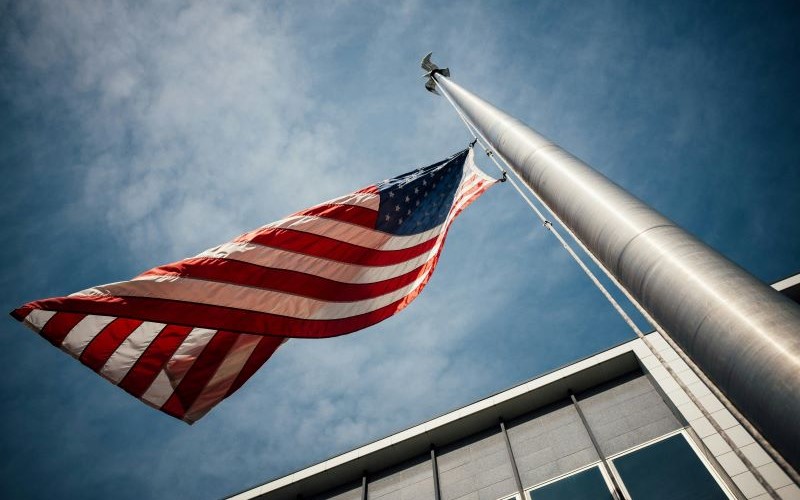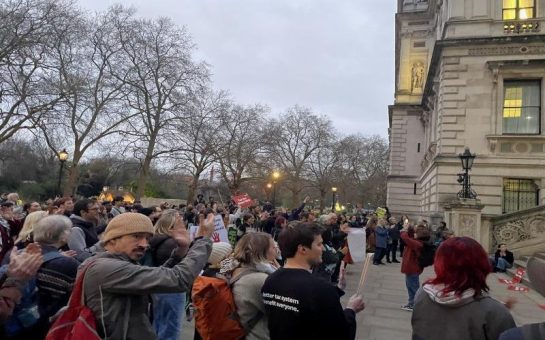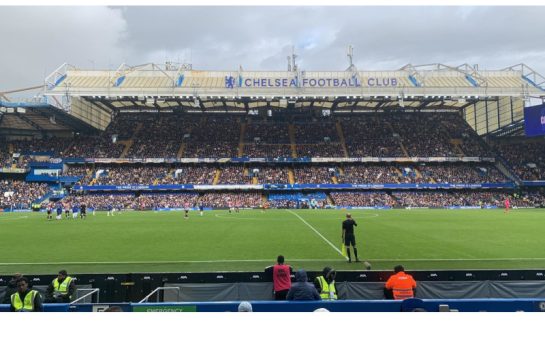As voting gets underway in the US election, understanding American political jargon has never been more important.
Though these terms may seem foreign at first, many find their counterparts in our political landscape here in the UK.
The basics: key political terms
American political power primarily splits between two major parties: the Democrats (often represented by blue) and the Republicans (represented by red).
These two groups generally dominate the political landscape, in a way somewhat comparable to the Labour and Conservative parties in the UK.
In place of our Parliament, the US has Congress, which is split into two chambers: the Senate and the House of Representatives.
The Senate, with its 100 members (two from each state), operates in a way that echoes the House of Lords, though US Senators are elected rather than appointed.
Meanwhile, the 435-member House of Representatives, elected from local districts, bears a closer resemblance to our House of Commons.
Election season buzzwords
As election season approaches, a few key American terms come into play.
Swing states refer to US states where the voting balance is unpredictable, with no clear majority for either party.
These battleground states, like Arizona and Pennsylvania, are similar to the UK’s marginal seats, where a few votes can tip the scales in tight races.
The Electoral College is another essential concept.
Unlike the UK’s popular vote system, the US uses this body of 538 “electors” to decide the president.
The number of electors assigned to each US region depends on its population and winning the popular vote in a region secures all of its electoral votes for that candidate.
Think of it like each UK constituency voting as a bloc, where certain areas have more influence over the final result than others.
Another key term to be aware of is Super PACs, which are organisations that can raise and spend unlimited funds to support a candidate.
These are outside groups, unaffiliated with the candidates, that try to influence elections through heavy advertising.
While UK election spending is more regulated, think of a Super PAC as similar to a political action group but with much looser restrictions on money.
In the Senate, filibusters are a well-known tactic, where a member can stall a vote by speaking at length – sometimes for hours.
This is different from any process in the UK where debate times are more restricted, but it serves as a dramatic way to delay legislative action.
Occasionally, members from both parties may unite on a bipartisan bill, which is legislation supported by both Democrats and Republicans.
Bipartisanship is much talked about, though rarely achieved in recent years, due to increasing polarisation.
It’s the American version of cross-party cooperation, though typically more fragile and issue-specific than in the UK.
Red states, blue states, and political patterns
In the US, states are often categorised by colour: red for Republican, blue for Democrat, and purple for competitive swing states.
These colour-coded allegiances reflect regional voting patterns.
London, predominantly a Labour stronghold, could be likened to the blue states, while areas such as the south east reflect more diverse political affiliations.
Understanding American political terminology gives us a window into a system that, while distinct from our own, often reflects similar challenges and dynamics.
By familiarising ourselves with these terms, we gain a better perspective on both sides of the Atlantic, and perhaps a clearer view of our own political landscape.
Image credit: Jonathan Simcoe, free to use under Unsplash license.





